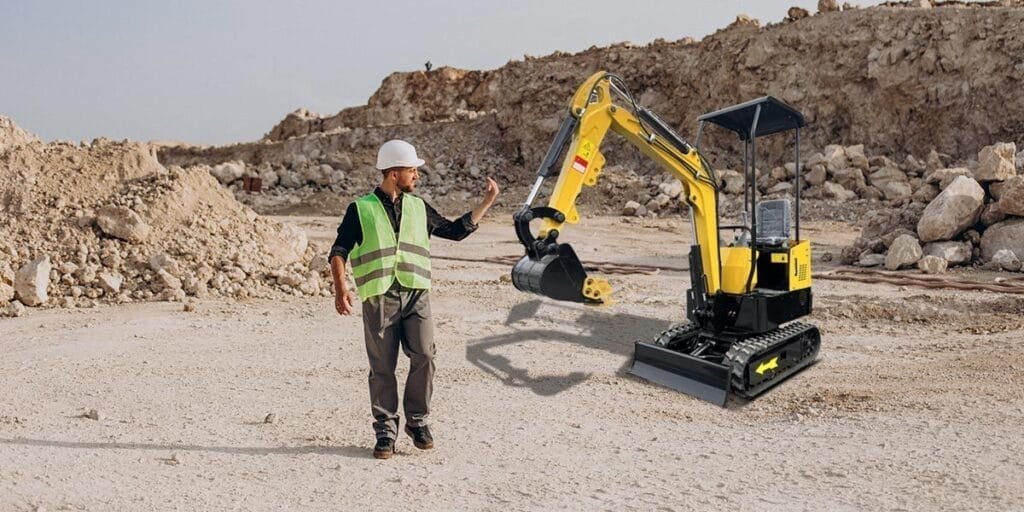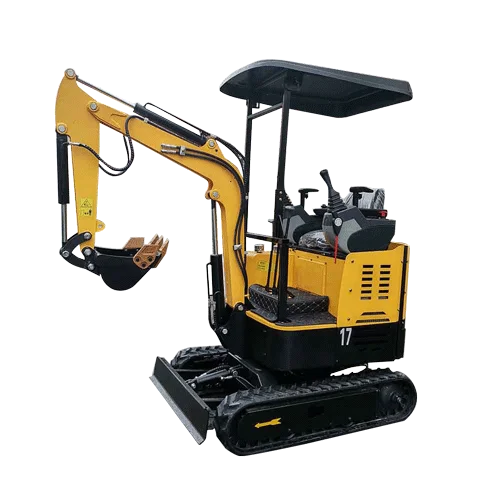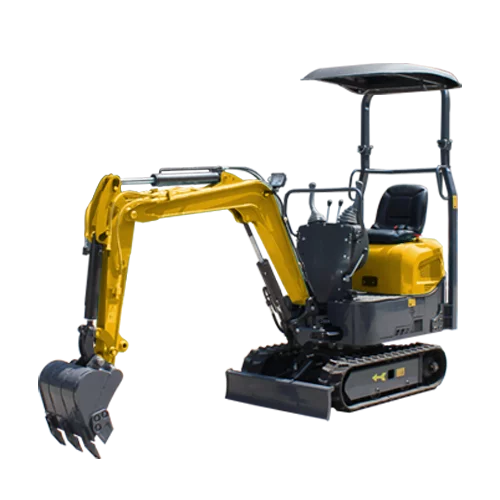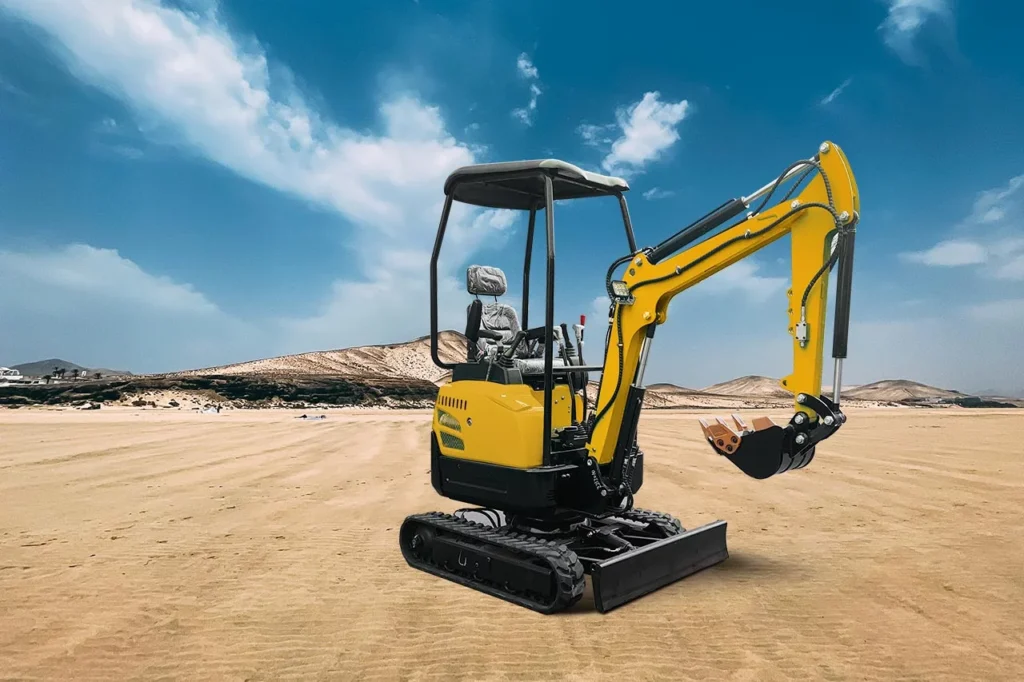Willkommen auf meinem Blog!
Bevor wir in den Inhalt eintauchen, würde ich mich freuen, wenn Sie mir auf meinen Social-Media-Plattformen folgen würden, wo ich weitere Einblicke gebe, mich mit der Community austausche und Updates poste. Hier erfahren Sie, wie Sie mit mir in Kontakt treten können:
Facebook:https://www.facebook.com/profile.php?id=61553215985287
LinkedIn:https://www.linkedin.com/showcase/99329941/admin/dashboard/
Tiktok:www.tiktok.com/@shandongvitalfitness
Lassen Sie uns nun unsere gemeinsame Reise beginnen. Ich hoffe, Sie finden die Inhalte hier aufschlussreich, ansprechend und wertvoll.
Einführung

Excavators are one of the most essential pieces of heavy machinery in the construction and mining industries. These powerful machines are used for digging, lifting, demolition, and material handling. Whether you are working on a small residential project or a large-scale industrial operation, excavators play a critical role in ensuring efficiency and productivity.
But what is an excavator, and how does it function? This guide will provide an in-depth look at excavators, their components, types, and applications. We will also highlight Buy Machine, a trusted provider of high-quality excavators that deliver exceptional performance and durability.
Was ist ein Bagger?
An excavator is a type of heavy equipment designed for digging and earthmoving tasks. It consists of a boom, stick, bucket, and cab mounted on a rotating platform. Excavators are commonly used in construction, mining, and landscaping, offering powerful hydraulic capabilities that allow them to perform various functions, such as:
- Ausheben von Gräben und Fundamenten
- Moving large amounts of earth
- Lifting heavy materials
- Demolition of structures
- Landschaftsgestaltung und Planierung
Modern excavators come in various sizes and configurations, from compact mini excavators to large hydraulic models used in mining operations.
Key Components of an Excavator
Understanding the main components of an excavator is essential for selecting the right machine for your needs. Each part contributes to the overall performance and functionality of the equipment.
Boom and Stick
The boom is the arm-like structure that extends from the main body of the excavator, and the stick connects the boom to the bucket. These components allow the excavator to reach and dig with precision.
Eimer
The bucket is the primary tool for excavation, available in different sizes and shapes for specific tasks like digging, scooping, or grading.
Hydraulisches System
The hydraulic system powers the movement of the boom, stick, and bucket, enabling the excavator to perform various functions with precision and efficiency.
Fahrgestell
The undercarriage includes tracks or wheels that provide mobility. Tracked excavators are suitable for rough terrain, while wheeled excavators work best on paved surfaces.
Kabine
The cab is where the operator controls the excavator. It features ergonomic seating, control panels, and sometimes advanced technology like GPS and automation systems.
Types of Excavators and Their Uses


Different types of excavators are designed to meet various operational needs. Selecting the right type depends on the nature of your project.
Raupenbagger
Crawler excavators are equipped with tracks, making them ideal for rough terrain and heavy-duty operations. They are commonly used in mining, construction, and large-scale excavation projects.
Radbagger
Unlike crawler excavators, wheeled excavators use rubber tires, allowing for easier movement on paved roads. They are suitable for urban construction and infrastructure projects.
Minibagger
Mini excavators, also known as compact excavators, are small yet powerful machines used for residential construction, landscaping, and minor excavation projects.
Long-Reach Excavators
These excavators have extended arms and booms, making them perfect for dredging, demolition, and working in hard-to-reach areas.
Schürfkübelbagger
Dragline excavators are used for large-scale operations like mining and deep excavation. They have a unique cable-operated bucket system that enables deep digging.
Comparison of Different Excavator Types
To help you choose the right excavator for your needs, here’s a comparison of different types based on key parameters:
| Bagger Typ | Best Use Cases | Vorteile |
|---|---|---|
| Raupenbagger | Construction, mining, heavy lifting | High stability, excellent traction |
| Radbagger | Urban projects, road construction | Fast movement, ideal for paved surfaces |
| Minibagger | Residential construction, landscaping | Compact size, easy to maneuver |
| Long-Reach Excavator | Dredging, demolition | Extended reach, precision work |
| Dragline Excavator | Mining, deep excavation | Powerful digging capacity, large-scale operations |
Benefits of Using Excavators
Excavators provide numerous advantages that make them a preferred choice in various industries.
Gesteigerte Effizienz
Excavators significantly reduce manual labor by automating digging, lifting, and material handling, leading to faster project completion.
Vielseitigkeit
With different attachments like buckets, hammers, and augers, excavators can perform a wide range of tasks beyond just digging.
Cost-Effective Operations
Modern excavators are designed for fuel efficiency, reducing operational costs while maintaining high productivity.
Safety and Precision
Advanced features like GPS tracking and automated controls enhance accuracy and ensure safer operations on job sites.
Wie man das Richtige wählt Bagger für Ihre Bedürfnisse

Selecting the right excavator depends on several factors, including project requirements, terrain, and budget.
Assess Your Project Needs
Consider the type of work the excavator will be used for. Compact projects require mini excavators, while large-scale construction needs heavy-duty models.
Evaluate Terrain Conditions
Choose a crawler excavator for rough and uneven terrains, while wheeled excavators work best on smooth surfaces.
Look for Fuel Efficiency and Technology
Brands like Buy Machine offer fuel-efficient models with modern technology to improve productivity and reduce operational costs.
Check After-Sales Support
Reliable brands provide excellent after-sales support, including spare parts availability and maintenance services.
Schlussfolgerung
Excavators are powerful machines that play a crucial role in construction, mining, and industrial projects. Understanding what is an excavator and its various types, components, and applications helps in selecting the right equipment for your needs.
Buy Machine offers high-quality excavators designed for durability, efficiency, and advanced technology integration. Whether you need a mini excavator for landscaping or a heavy-duty model for large-scale construction, Buy Machine has the perfect solution. Contact us today to explore our range of excavators and find the best fit for your projects.
FAQ
What is an excavator used for?
An excavator is used for digging, lifting, material handling, demolition, and landscaping. It is commonly seen in construction, mining, and industrial projects.
How does an excavator work?
An excavator operates using hydraulic power to control its boom, stick, and bucket. The operator maneuvers the machine from the cab, using levers and pedals to perform various tasks.
What are the different types of excavators?
There are several types of excavators, including crawler excavators, wheeled excavators, mini excavators, long-reach excavators, and dragline excavators. Each type is suited for specific tasks.
How do I choose the right excavator for my project?
Consider factors such as project size, terrain, fuel efficiency, and brand reputation. Buy Machine offers a wide range of excavators to meet various project requirements.
Why should I choose Buy Machine for excavators?
Buy Machine provides high-quality excavators with excellent durability, efficiency, and after-sales support. Their models are designed to enhance productivity and reduce operational costs.
